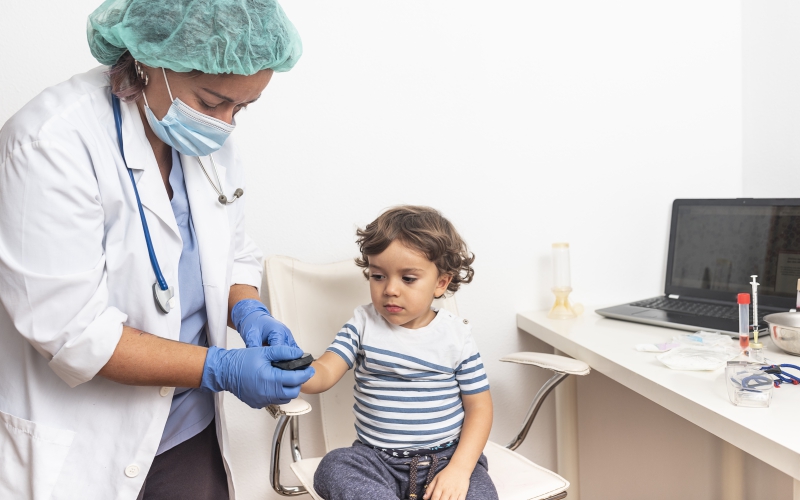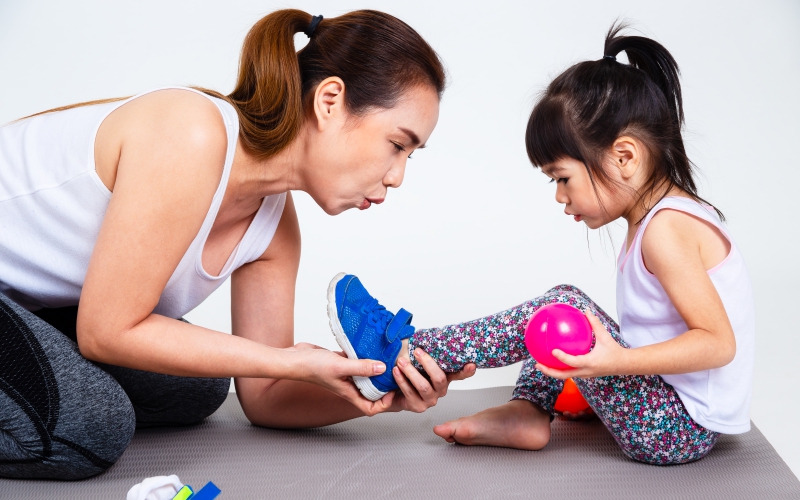Postpartum is referred to as the six-week tenure after childbirth. It is a crucial time for the mother to make a bond with the baby while taking some time for body healing.
Coping with Physical Pain: Essential Tips for Postpartum Recovery
However, several myths surrounding this period often make it difficult for mothers to distinguish between what is right and what is wrong. Here are a few insights that could help you regarding the same.
Common myths around postpartum care:
- Avoid hot foods and cold foods. (Hot as in brinjal and cold as in lady’s finger).
- Paan is a rich source of calcium for mothers. Fact says that paan can do nothing but stain the mother’s teeth.
- Cold foods like fruit juice and curd can cause pus after c – section.
- Radiations from screens are harmful to babies.
- Ghee strengthens joints after delivery.
- Postpartum tummy binding could get your stomach back in shape.
- Wearing brassiere post-delivery hampers milk production.
- Postpartum care: the need
Self-Care for New Moms: Prioritizing Your Wellbeing After Delivery
Postpartum care is necessary for new moms as they are at risk of serious and sometimes life-threatening health complications in the days and weeks after giving birth. Estimates say that many new moms have died as they did not get such care.
Here are a few tips for post-delivery care that new moms must be aware of –
- Get plenty of rest. Take your healing time to cope with tiredness and fatigue.
- Seek practical help around the house.
- Increase fluid intake for breastfeeding. Eat healthy meals.
- Exercise daily for a speedy recovery.
- Work on core strengthening.
- Fight the baby blues with meditation and the required medication.
- Continue with your prenatal vitamins.
- Avoid alcohol and caffeine.
- Avoid using tampons at least for the first week.


 Toll Free Number
Toll Free Number
















